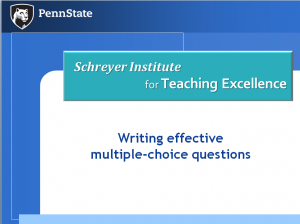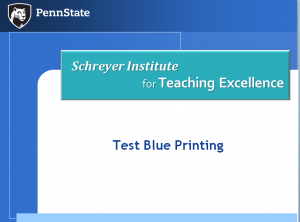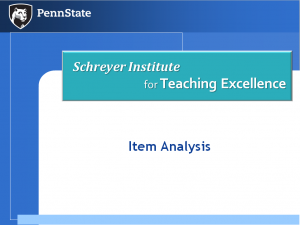Evaluation
Introduction
Testing what you teach — it isn’t as easy as it sounds. Are assessments and evaluations fair and do they actually reflect the students’ learning? Do exam scores evoke disappointment instead of satisfaction that the students’ are engaged with the material. Do course evaluations reveal that tests are thought of as “unfair”, “too hard” or even “tricky”? Though it is seductive to want to blame these comments on poor student learning strategies, it may not be the case. All of these issues can be due to what a test or assessment actually measures versus what it is meant to measure. Poorly written multiple-choice questions contribute to the confusion. And none of it reflects actual classroom learning and the ability to address content weaknesses.
Following are a few approaches and strategies to determine whether the exams and assignments actually evaluate student learning and how better to align the intended learning outcomes with teaching and evaluations.
Resources
References
- Haladyna, T. M., Downing, S. M., & Rodriguez, M. C. (2002). A review of mu
- Multiple-choice item-writing guidelines for classroom assessment. Applied Measurement in Education, 15(3), 309-333.
- Notar, C. E., Zuelke, D. C., Wilson, J. D., & Yunker, B. D. (2004). The table of specifications: Insuring accountability in teacher made tests. Journal of Instructional Psychology, 31(2), 115-129.
- Rohrer, D., Taylor, K., & Sholar, B. (2010). Tests enhance the transfer of learning. Journal of Experimental Psychology: Learning, Memory, and Cognition, 36, 233‑239.



